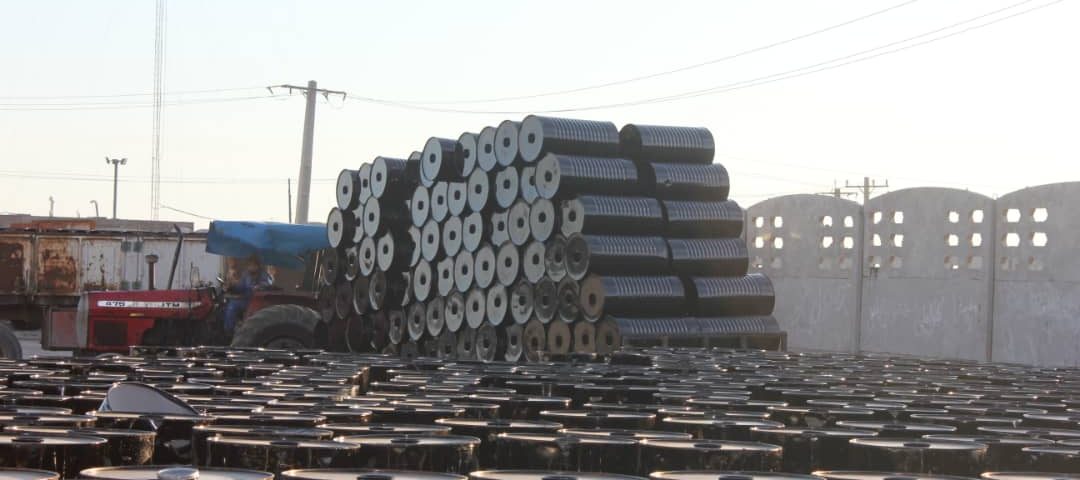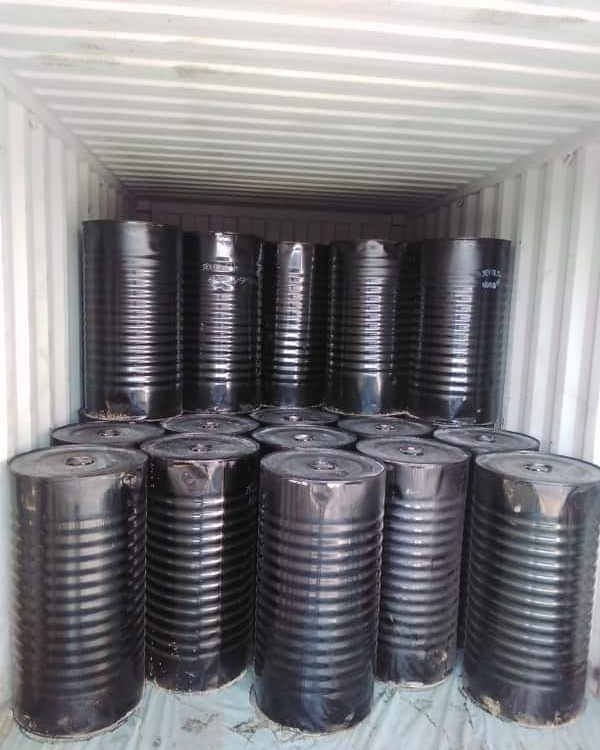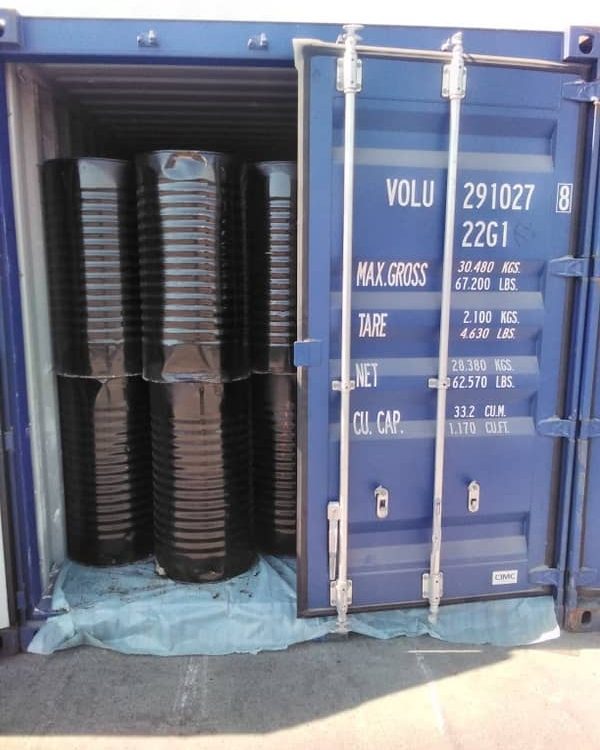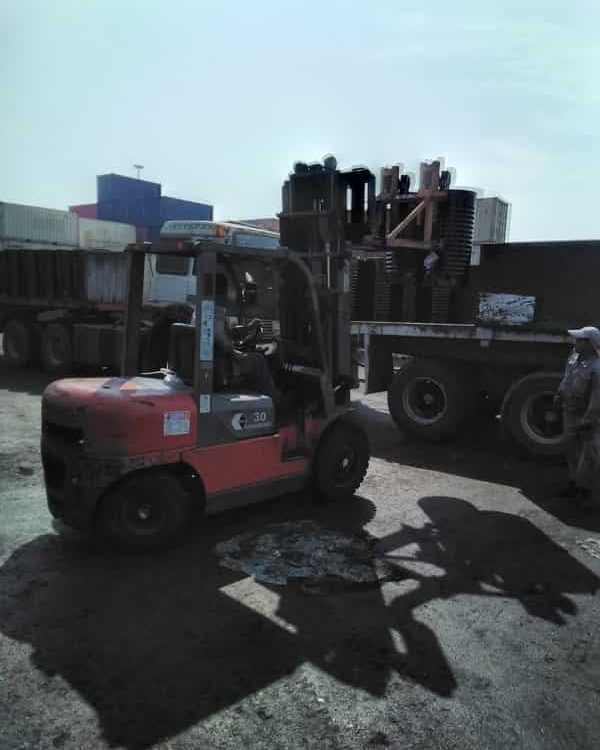Buy bitumen VG 30
How countries can buy bitumen VG 30 while some variables are affecting the oil, bitumen and petrochemical market?
That’s why we have devoted this article to the factors that change the market.
World Petrochemical Industry Growth Scenario
Generally speaking, the global ethylene operating rate is a good measure of the industry’s global profitability. Since 2010, the rate of increase in production capacity has been lower than the growth rate of demand for it. This has led to an increase in the operating rate of this product
and the global petrochemical industry to enter the cloud boom period.
Propylene, affecting the ” buy bitumen VG 30 “
Needless to mention that the global production capacity for Propylene production in 2010
was about 94 million cubic meters and its demand
being 75 million cubic meters. As expected, these figures reached 112 million cubic meters and 94 million cubic meters in 2015, respectively. On the other hand, Ethylene is one of
the main products of the petrochemical industry that appears by different methods and using various feeds. Additionally, some of these feeds include naphtha,
natural gas (methane), propane, butane and so on. However, naphtha and ethane are the two most commonly consumed foods,
accounting for 82% of global ethylene production.
Currently, about 50% of the world’s ethylene producers use naphtha cracking. It’s essential to know that Over 60% of world ethylene production uses to produce polyethylene,
13% of it is to produce ethylene acid, 11% to produce ethylene dichloride,
and the rest is to produce a wide range of petrochemical products. As a matter of fact, Ethylene varies greatly in opposite regions and depends on feed price, conversion costs,
the technology used, location of crackers and other factors. Additionally, Ethane produced from crackers in the Middle East
and North America has the lowest cost in this cost curve and naphtha produced from crackers in Asia
and Western Europe has the highest cost in this curve.
buy bitumen VG 30
During the 1930s, the polymer industry originated in the West,
but most uses of the production materials that led to their commercialization occurred in the 1950s
because traditional raw materials such as metals and wood replaced polymers in various parts of the industry. One of the many advantages of polymers compared to traditional raw materials such as
metals, paper and wood are that they create high added value
and while the variety of their applications in different sectors can be measured by the criterion that even years after birth
This industry, the growth rate of this industry has been higher than the growth rate of GDP. For example, between 1980 and 2010,
global demand for polymers increased almost fivefold,
as did the demand for plastics, from 36 million cubic meters in 1980 to 169 million cubic meters in 2010.




